Sweaty palms, stuttering, synthesizing… If you’ve ever had to pitch your project in front of an audience, you know it can be a tough exercise. But with the right methodology and a little work, everyone can become a pitch expert! Here is some advice for a great startup pitch.

1. Identify the key points
Before anything else you need to decide what’s the message you’re trying to convey, and what are the main points you want to address. Here are 3 things that you’ll want to include in your startup pitch:
Basic observation: What you’ve observed, thanks to your experience, your expertise or your encounters, and which was the reason behind the project you are defending.
Objective: To which need(s) you want to provide a solution to and which position you’re trying to achieve in your market.
Value: The values that drive you on a daily basis and give you the will to develop your project even further.
2. Be concise
For most people, this is the hardest part. Given you have a limited amount of time, you want to make sure your startup pitch is straight to the point. Once you’ve decided what the content of your pitch will be, stick to it: you won’t have time to go into details, so choose the most striking parts. On top of that, you want your audience to stay focused, so use short sentences and keep your slides as visual and minimalist as possible.
3. Make the stage yours

Between fidgeting and standing completely still, it’s sometimes difficult to balance your body and move on stage while maintaining a strong presence. The first thing to do is ground yourself in order to stand up with confidence. When you feel the need to move around, use it as an opportunity to take a very slight break that will air your speech: try taking your time to catch your breath and take a step sideways or forward as you pause for 1 or 2 seconds for impact.
4. Split your Startup pitch into different sections
What if these short moments of silence and movement were also your chance to mark the different parts of your speech? Indeed, you can use it as a very efficient way to physically illustrate your plan. For example, you can start your sentence with a move to the left “On the one hand, we could…”, then, move to the right,”… and on the other hand we then consider…”. It doesn’t seem like much, but for the audience, it will emphasize the progress of your startup pitch.
5. Control your breathing to settle your voice
Taking your time during a speech not only makes your point easier to understand, but will also help with any “vocal problems” like high pitched voice, frantic or monotonous tone, shortness of breath… All of the above actually come from breathing problems, which are directly linked to your stress level. So take a deep breath, relax your shoulders, stand up straight, and smile: you’ve got this!
6. Be careful about where you look

If you want your audience to listen to you, you will have to acknowledge them as well. A look between two people can be enough to sign a contract between them, asserting that one is there for the other. When you look at someone while talking, you invite them to keep listening, while making them feel like you’re speaking directly to them.
7. Don’t fear the audience
Unlike what many people think, an audience is generally benevolent: like you, they just want to have a good time. But they’re also empathetic, and if you are embarrassed, they will be embarrassed for you. What’s more, your audience is intelligent! They hear everything and tend to notice mistakes rather than nice oratory turns of phrase. Finally, the audience is lazy: they shouldn’t make an effort to listen to you, but you should make sure everything you say is crystal clear.
8. Always have an exit strategy
If the beginning of your startup pitch is crucial to make a good first impression, the ending is the perfect time to convey one last, strong message. What if you used that opportunity to talk about your life mission, your most unique experience, or your vision? More often than not, the “call-to-action” is used to invite participants to visit a website or a Facebook page, which they will certainly not do. Think about how your product can improve their lives, and use that instead.
Bonus: Insight from a Bridge Entrepreneur
Marc Rosenberg, founder of RenTrust, who went through Bridge for Billions’ program earlier this year, advises to always incorporate a narrative at the beginning or the end of your startup pitch. This will help your audience picture an actual user and then empathize with the pain. Graphs, charts, and numbers tend to get in the way of actually building a reason why your idea is good:
“While I was pitching RenTrust, we talked about the potential user base and revenue model. But at the beginning of our pitch, we started with a young, bright woman named Sophia: she is a master’s student who made a huge bet on herself to go get an MBA from a great school… The story resonates with investors because that young woman is their daughter or their niece, or themselves at one point.”




